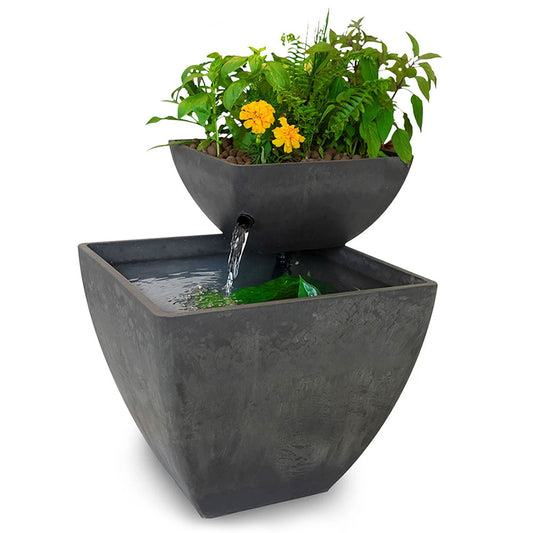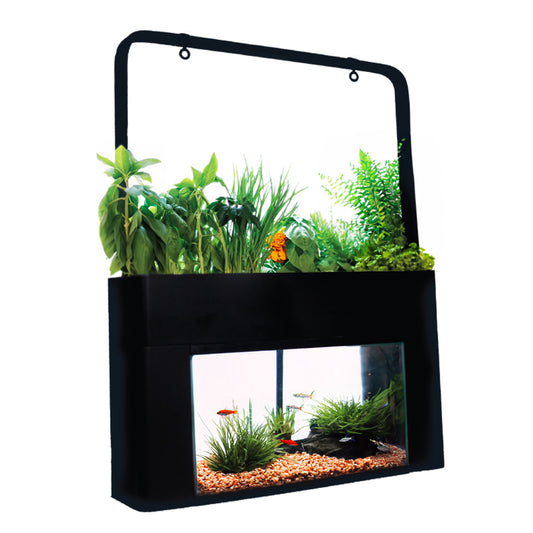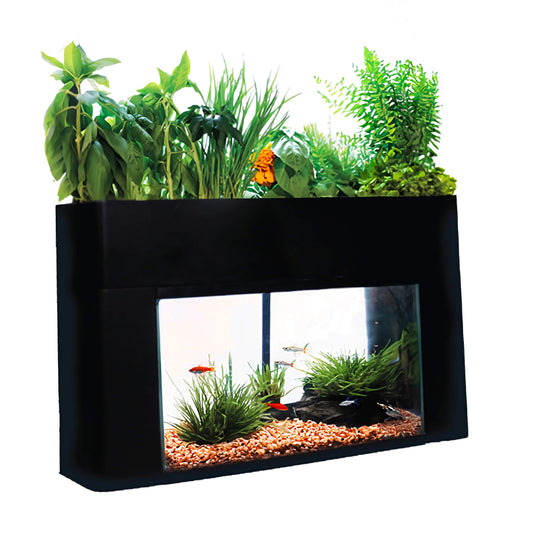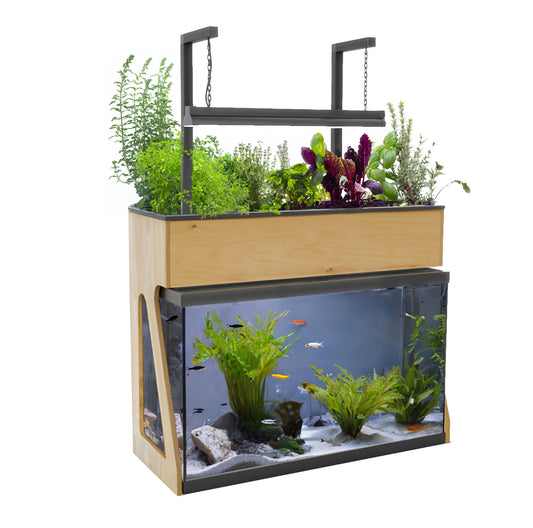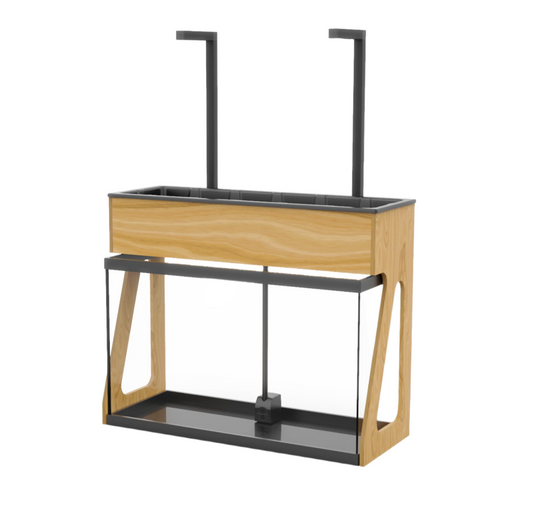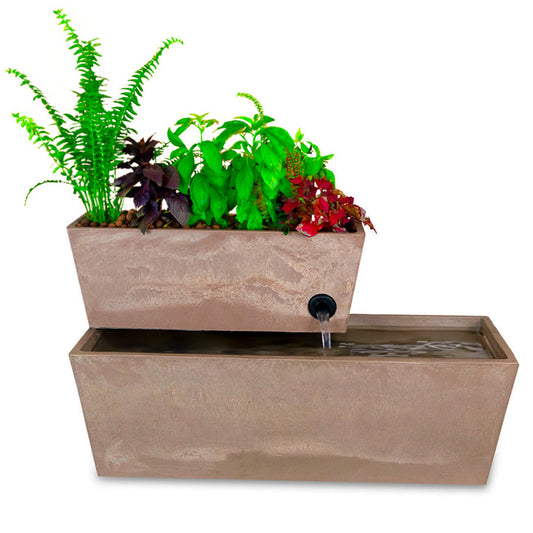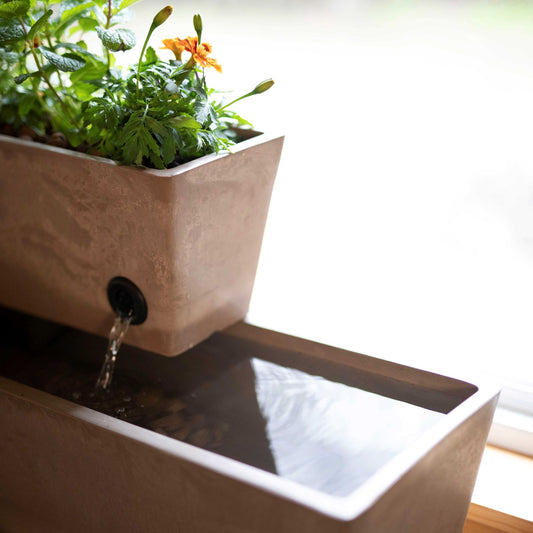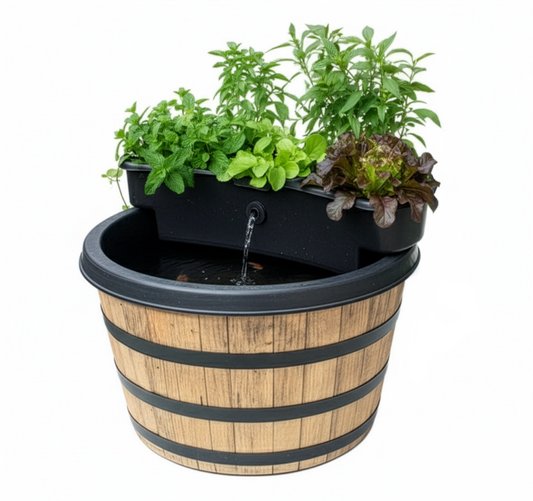Recycling 101: How to Green Your Routine
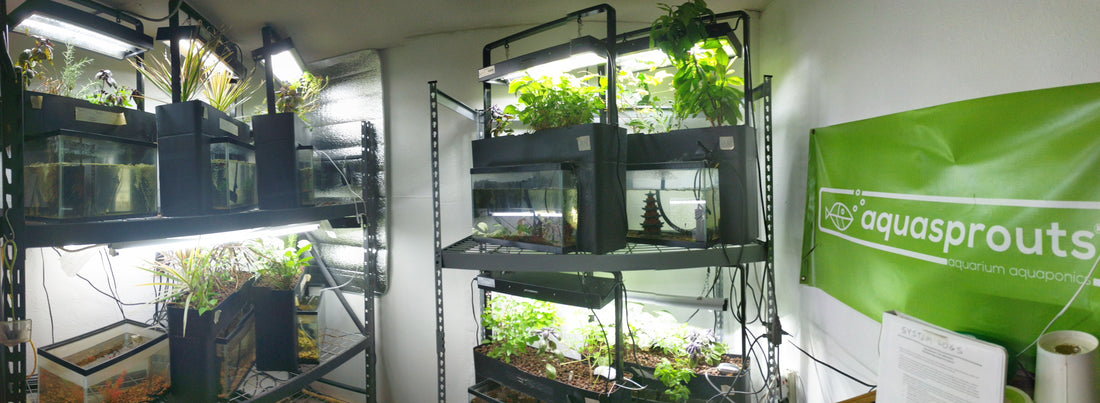

Are you one of those people who take their coffee to go? After you finish drinking it, you throw the entire cup - lid, cup and sleeve - into the recycling bin.
You walk away feeling good about yourself. And why wouldn’t you? You got your coffee fix which should give you the morning kick you needed to start the day right, AND you did your part for the environment through responsible disposal of waste. Well, yes on the former, but not exactly on the latter.
Some states require that you dispose of the cup responsibly - paper and plastic found at the bottom of your cup should be thrown in separate bins. The two materials require a different recycling process, hence the need for these to be segregated properly.
You might wonder what the fuss is all about when you’re already doing your part? You’ll be surprised at how much improper segregation and disposal of our trash is costing cities hundreds of thousands of taxpayers’ money. In Phoenix alone, the government spends $1M annually in cleaning out contaminates in the stream.
Some cities are taking drastic actions to educate the residents on proper recycling. The City of San Antonio has enforced a $25 fine for repeat offenders in the improper disposal of wastes. In Hull City, England, authorities are threatening to confiscate waste bins when those are not being used properly. The council is even planning to spend over $100,000 to hire consultants who can teach residents how to recycle properly.
Recycling should be easy. When did it become so complex? How did we get from there to here? Here’s how!
If companies are making the conscious effort to reduce the landfill wastes, we should do our part, too! One important thing to remember before we go to the nitty-gritty of how to recycle properly is to be mindful of the 3 Rs (Reduce, Reuse, Recycle).
You might be keen in your recycling efforts, but if you’re not taking steps to reduce your waste and reuse everyday items, you’re still not doing it right. We’re still missing the fact that the important thing to consider is to not create waste in the first place.
It’s not that difficult if you follow the tips below on how to recycle properly:
- Know your city’s waste disposal regulations. Recycling rules differ from city to city or state to state. Make sure that you know your city’s policies when disposing of your trash. If you’re still confused, check out this helpful tool from Earth911. Just enter the material that you’re planning to dispose and your zip code and you’re good to go.
- Don’t put paper in a plastic bag when putting in the curbside recycling bin.
- Please don’t put pizza boxes in the paper recycle bin. The same goes for dirty paper plates, napkins and any paper with food grease. Composting is the way to go!
- Collect rain water.
- Save the water you use in washing your produce and use it to water your plants.
- Purchase recycled products and goods in recycled packaging
- Don’t be a pack rat. Donate your old clothes, toys, books and other items to charity.
- Purchase household items that you can reuse everyday.
- Dig a compost pit in your backyard. They’re perfect as fertilizers too!
- Is your phone still working? Then forget about upgrading to the latest gadget in the market!
- If you must have your coffee to go, make it at home and use your thermo-cup.
- When packing lunch for your kids, use reusable containers.
- Conserve energy at home by turning off lights that you are not using.
- Donate plastic bottles, cups, etc to an art school where they upcycle it.
- Upcycle your old clothes. You’ll be amazed at the various ways you can do so.
- When recycling plastic, it’s important to know which type of plastic is accepted by your city’s recycling program.
- Go paperless when you can. Cancel all snail mail subscriptions and billing statements and opt for the online version of it.
There are still more that we can do to ensure that we are recycling properly. But always remember: REDUCE; REUSE; RECYCLE! (in that order).

